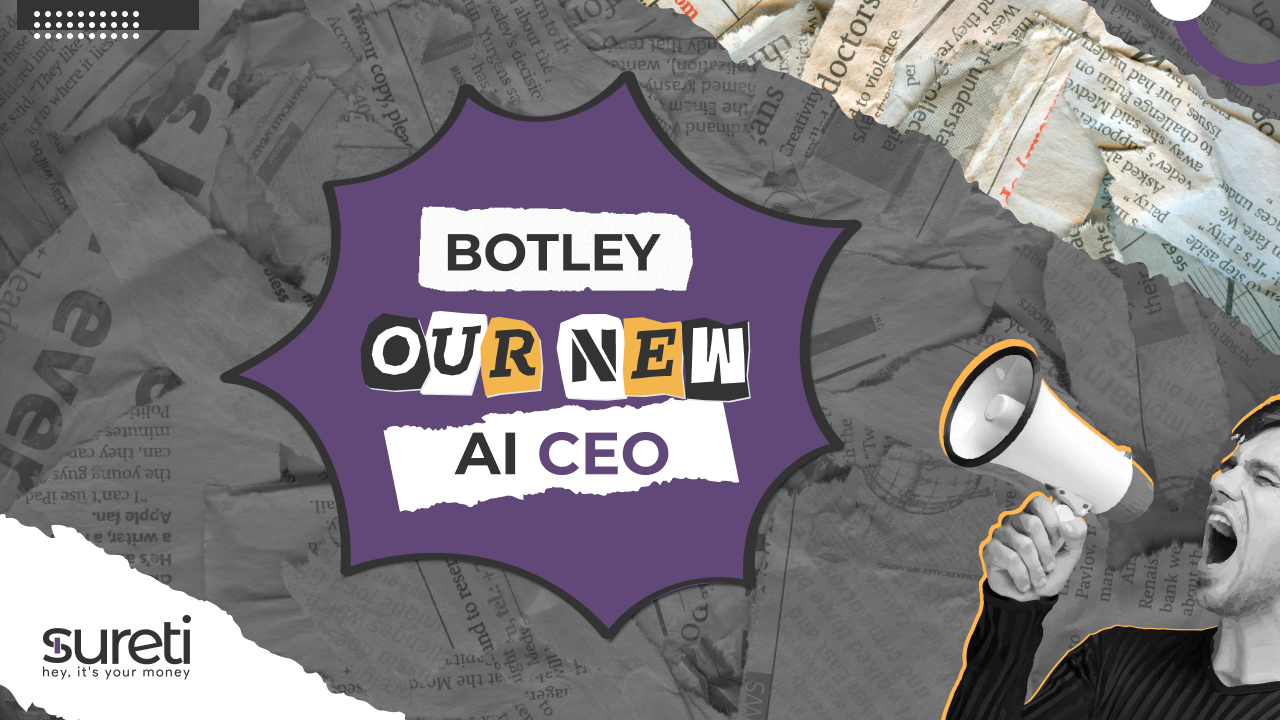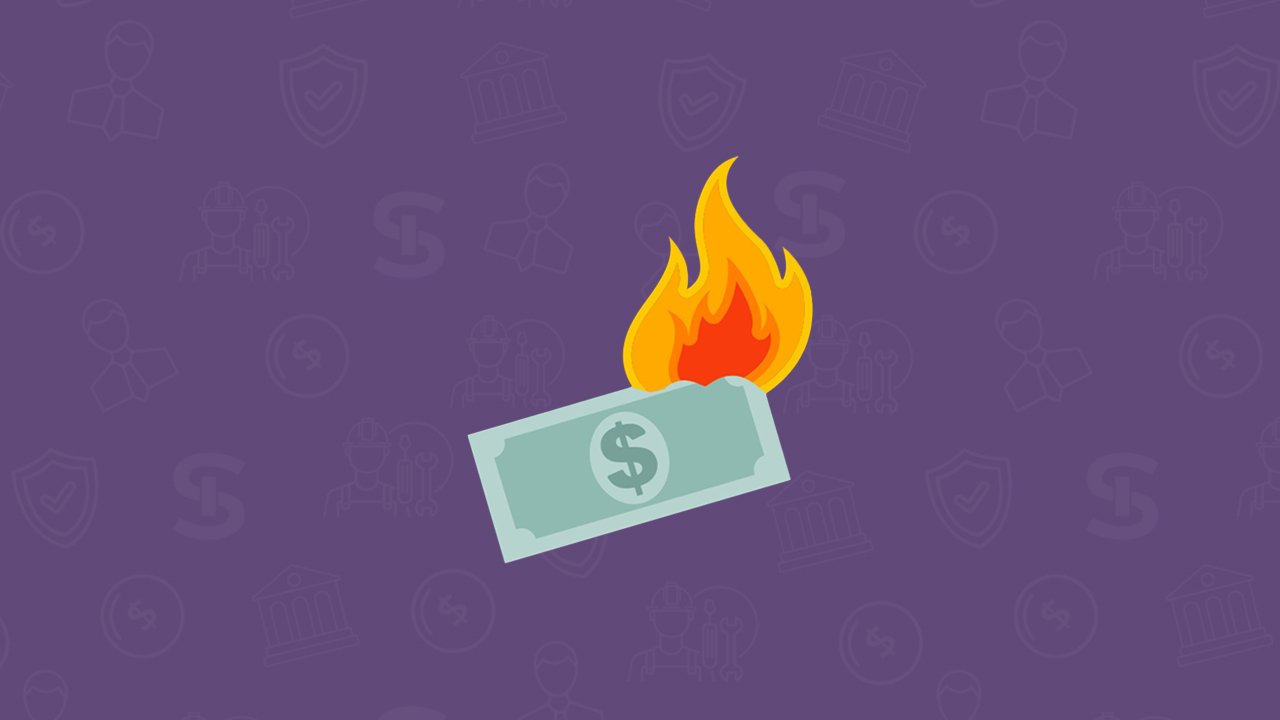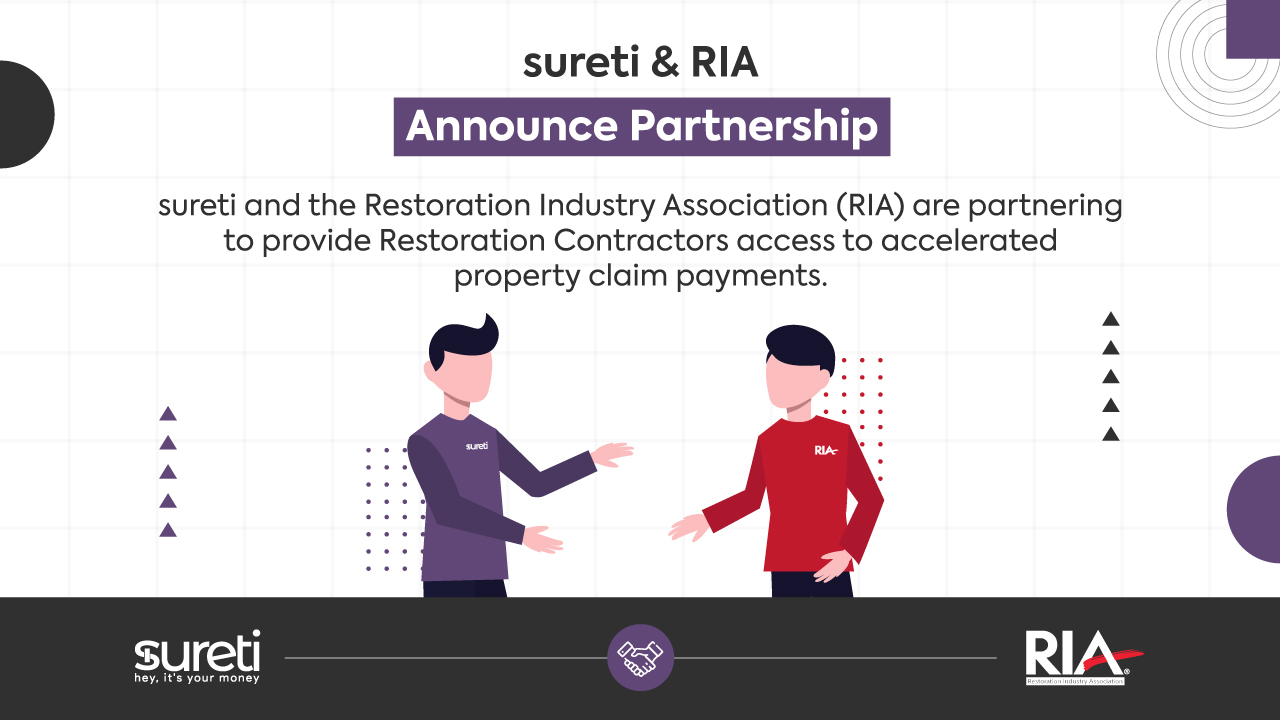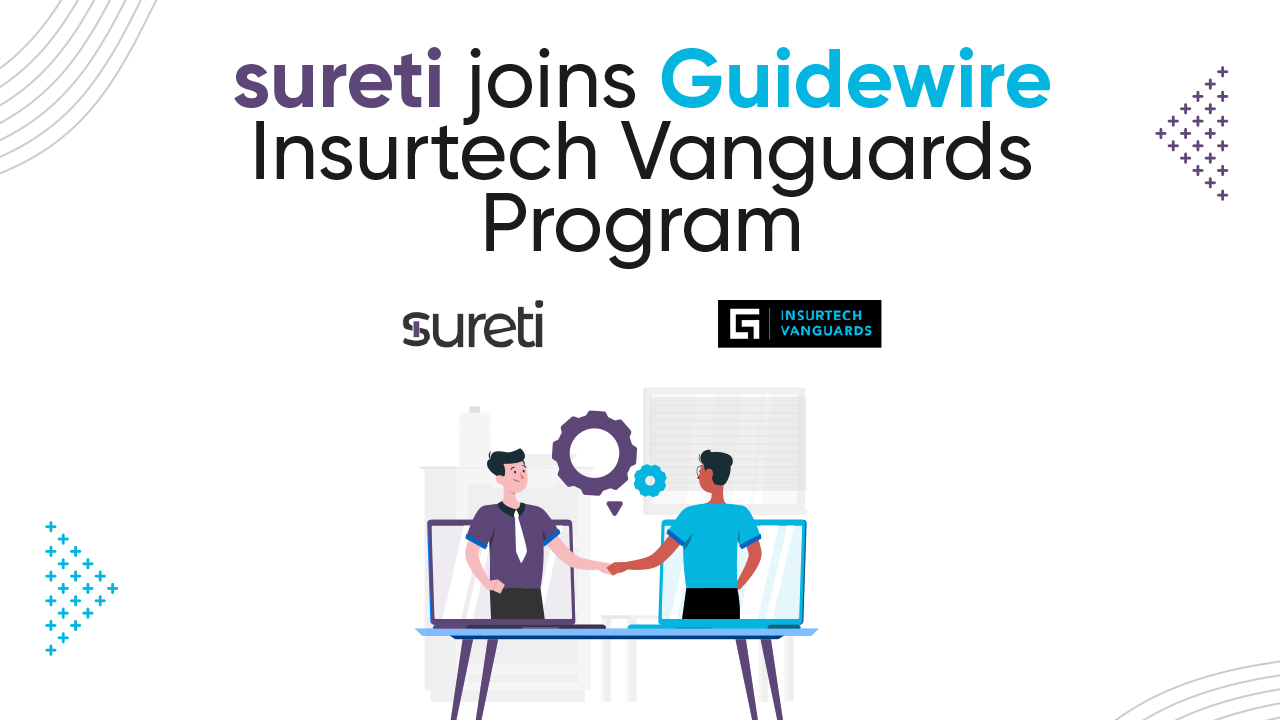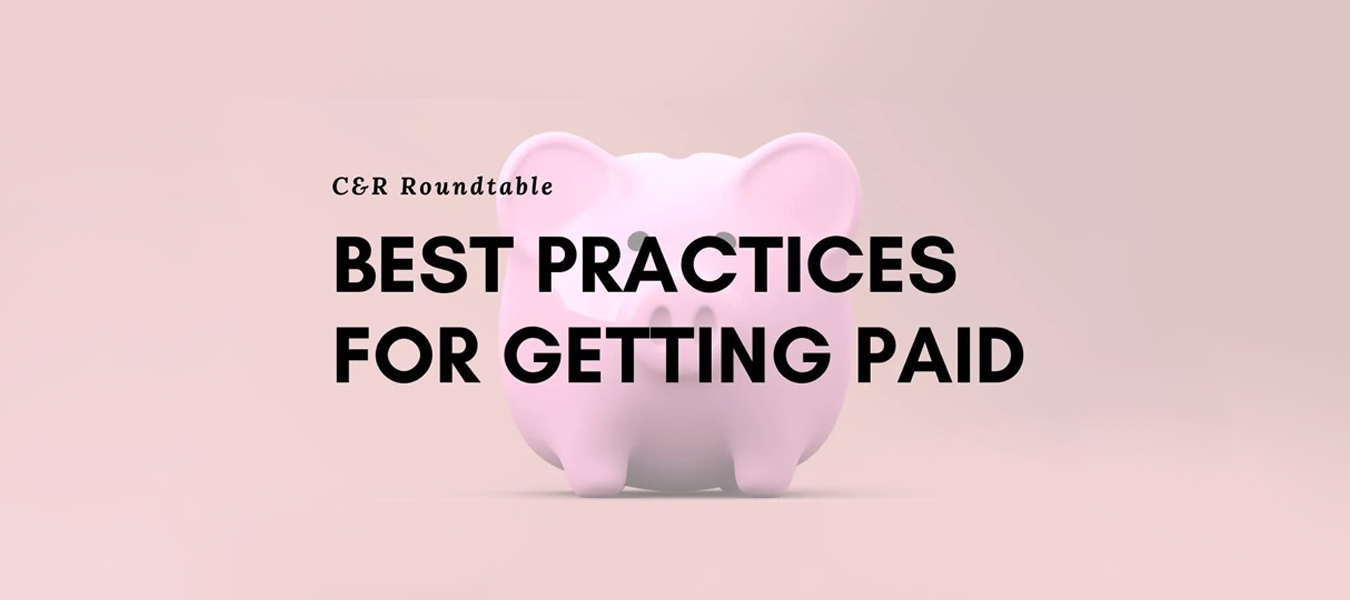
Publisher’s Note: Getting paid is a common pain point for restoration contractors. There are a number of reasons for this – communication, working with adjusters, coverage issues, two-party checks involving lenders, etc. This C&R Roundtable brings together leaders from three restoration companies serving different parts of the U.S. to discuss how they go about getting paid.
Meet the Panelists
Kurt Fairless
Kurt is a second-generation restorer and has dedicated his career to the restoration industry, developing his detailed knowledge from the ground up and specializing in large and complex jobs. He draws from extensive hands-on experience, education and industry knowledge to manage ATI’s operations across the nation. With a passion for technology, Kurt drives strategy, innovation, compliance, precision and efficiency in ATI’s business operations companywide.

Shawn Folks
Shawn Folks is the Chief Executive Officer and Owner of Guarantee Restoration Services, a full-service restoration company, based in Baton Rouge, LA. Founded in 1974 by his parents, Chunky and Ellen, Shawn has worked in all levels of the company over the last 35 years. Since taking over the company in 2014, the company has expanded from one corporate office to five locations in Louisiana and Mississippi. In addition, he holds several industry licenses and certifications. He is also the member of several local and national associations.
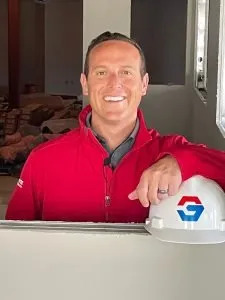
Stephanie Suchocki
Stephanie Suchocki is the Vice President of Operations for Superior Restoration. She oversees all the day-to-day operations at Superior, a full-service restoration company serving most of Southern California. With a career built around customer service, starting in the auto industry, Stephanie entered the restoration industry in 2013 in an entry-level position, and worked her way up. She places a large focus on driving culture, employee development, training, strategy, sustainable profit, and a 5-start customer experience.

The Discussion
1. What do you see as the top 3 hurdles restoration contractors face when trying to get paid for work
Kurt
1. Getting paid timely. Our contracts routinely require payments to be received within 30 days of completion, but customers generally hold on to payments much longer, thus requiring our company to lean on prior cash flow to support prior projects.
2. Getting paid in full. Constantly, customers attempt to negotiate payments after our work is complete. This can be challenging as we’re not the party holding the funds.
3. Getting paid with ease. As a contractor, we’re constantly having to chase down the money deploying resources to collect the payment due for the services we already provided.
Shawn
1. Not collecting deductible at beginning of construction projects and trying to collect it at the end of the job. Any problem on the job will be used against you at this time and you probably are not going to get the deductible.
2. Not getting everything in writing, change orders specifically. One of the biggest things we preach to our team is that when a change order is initiated, it is in writing and the entire change order must be collected before the change order is to be done
3. Dealing with mortgage companies. It is a big game that we have gotten pretty good at. On construction projects, we sell the homeowner on how we are going to make this process easier by dealing with their mortgage company for them. If we are dealing with the mortgage company, we are in control of the money!
Stephanie
I believe the biggest hurdle is communication with the insurance carrier and/or adjuster. The adjuster’s goal is to work on claims specifically, that sometimes the payment and billing process can be overwhelming to them. I think all parties would be served by a more robust accessible portal for payments, that is accessible to contractors, for payment updates, and to reduce unnecessary calls and emails.
2. Do you collect deductibles up front? If not, what are initial cost conversations with property owners?
Kurt
We request our customers pay the deductible up front, but many residential customers are not ready to pay that amount at the onset of services and commercial customers have a more formal and lengthy process to make an initial payment. This leads to constant struggles in collecting the deductible upon completion of work.
Shawn
On mitigation almost never. On construction projects, we push our team hard to get it before we even start the work. If we don’t collect it up front, we do our best to get some sort of payment schedule with the homeowner on how we will have it fully collected by the end of the job.
Stephanie
We leave this optional on the mitigation side, but require the deposit/deductible prior to the start of the rebuild, after the rebuild contract is signed.
3. What is your average time from project completion to being paid in full?
Kurt
Average DSO if roughly 90 days.
Shawn
45 days, this is mainly due to recoverable deprecation and final payments from mortgage company.
Stephanie
Right now, we are on this higher-end and averaging 37 days. We track this weekly on a metrics sheet our A/R team member fills out every Monday, to look for any concerning trends.
4. What has been your company’s traditional process in handling multi-party checks that include the mortgage company?
Kurt
Traditionally, ATI used an in-house team to follow the mortgage company’s payment distribution process, which included an abundance of time and effort from our corporate office and our field staff in order to accommodate the inspections and paperwork needed to request funds for payments. By doing so, we sacrificed the time to commit quality service to our customers.
Shawn
We are very strict about this. If there is a mortgage company involved, we want the check and want to be in control of it. If we are not in control of the check, we follow our draw schedule very close and will stop the job if we are not paid on schedule.
Stephanie
Once the rebuild contract is signed, compliance is created to contact the adjuster about the structure of payment. We ask the adjuster if payment has been released and if the mortgage company is on the check. If they are, we contact our clients, and guide them through the entire process, by requiring them to sign a TPA (Third Party Authorization). This allows us to speak with the mortgage and expedite needs, paperwork, mailing checks, or an authorization to be added to checks, etc.
5. What types of technology have you embraced to expedite/support the payment process – both on the documentation side, and the processing side?
Kurt
At ATI we focus on innovation and implementing the newest and best technology to support our operations. Current successes include an integration of geospatial technology into our standard operating procedures which has helped ATI identify the work completed, and provides the necessary documentation to support the full scope of work being billed. We’ve transitioned our process for mortgage company collections to sureti, as their process has helped expedite the timeliness of collections, ensured we can be paid in full for services we’ve completed, and we spend less resources on the collections efforts giving us valuable time we can spend providing quality products to our customers. We also use Docusketch, T&M Pro, and are exploring centralized T&M Bill Compilation.
Shawn
We have used Matterport to provide to mortgage companies to get draws.
Stephanie
We use Matterport, and hyperlink it into a billing packet for all mitigation and contents bills, which has significantly expedited payment. As it is sent as one package and avoids delays and requests for documentation.
6. Anything else?
Shawn
We do a lot of work with different public agencies which generally pay timely and don’t withhold money if they have been paid from their carrier. Something that we have dealt with a good bit over the past few years is working with FEMA and FEMA consultants when insurance proceeds are exhausted. In these situations, we have found the most important thing is to have all of your paperwork perfect; it passes through and you get paid much quicker when it is.
Stephanie
It’s really important to set a standard or metric of what you want your collection time frame to be and measure that weekly by using your preferred software that will pull reports. Documentation is everything it is the connection between receiving payment and not. This is why we email packets over to make it easier for adjusters; this lessens the time they have to review it and decreases your average collection time. Also, make it easy for your team, and coordinators, and create canned emails so they can send out more emails in shorter time frames. Meet with them often to look for any alarming trends. By measuring this weekly, you can be ahead of any concerning trends.
Reach out to carriers and see if they have updated their payment processes. (ACH, direct payments, direction of pay).
Bonus insight from the Restoration Lawyer, Ed Cross:
“The AGA‘s Position Statements on Pricing, Third Party Consultants, and TPAs help restorers navigate many of the most common collections issues facing restorers today. They outline some of the strongest arguments in favor of the restorer’s position, allowing restorers to deliver professional, concise, fact-based responses to those who seek to reduce the amounts charged by restorers. Restorers can use segments of the Position Statements to incorporate into their dialogues with carriers and consultants or send Position Statements in their entirety. They can do this with the comfort of knowing that the positions have been tested and peer-reviewed by a group of industry leaders.”
You may also like
